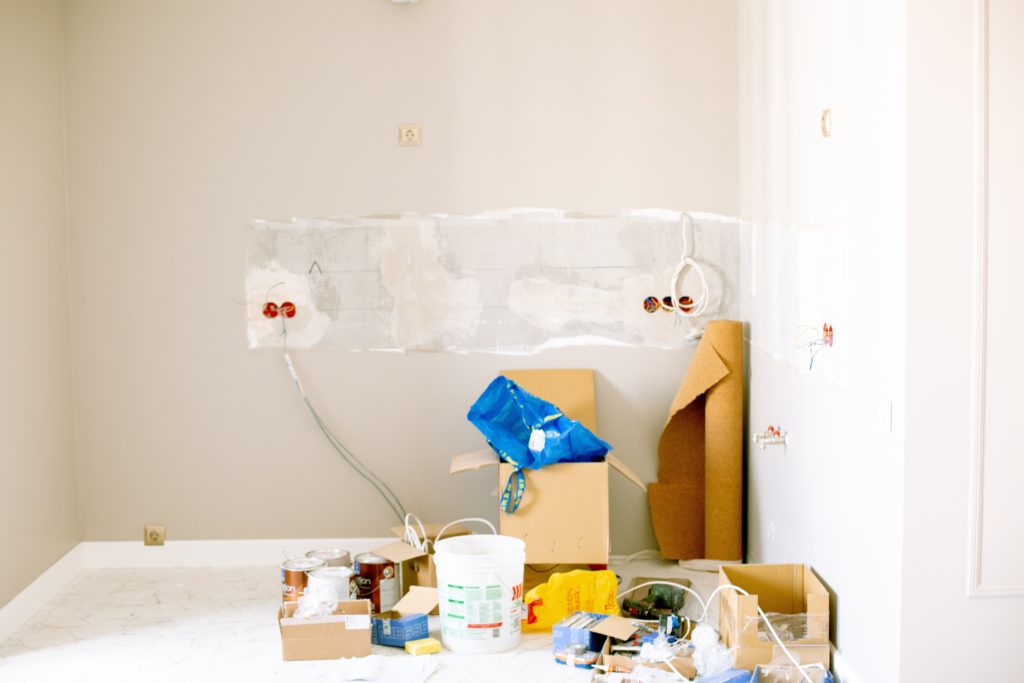Everyone enjoys a little sprucing up in their lives, whether it’s a new wardrobe, spring cleaning, or home renovation.
Renovations to your home are a big deal, whether you just bought it, plan to sell it, or simply want a new perspective.
Home improvements frequently get postponed due to the daunting question of “how can I afford it?”
The good news is that funding your home’s renovation doesn’t need to be difficult.
In light of that, here are three different ways to fund your home renovations with their pros and cons.
Save For The Renovation
Believe it or not, the safest financial option for renovating your home is just to pay upfront in cash.
However, not everyone has that kind of money sitting around, and that’s where saving comes in.
To start saving, you need to create a budget. Set aside an amount from your monthly income towards your savings goal for your renovation project.
The downside is that it takes time to save for any project, and the project may cost more than expected. If the repair is an emergency, you might not have time to save.
You can start small with inexpensive projects and move on from there.
Nevertheless, if you’ve saved up for your home renovation, you don’t need to worry about credit card bills or loan repayments once you’re done renovating.
Get A Home Equity Line Of Credit (HELOC)
You can tap into your home’s equity to renovate your home without refinancing your entire mortgage. This is where HELOC comes in.
Think of it as a credit card. You can borrow from your home’s equity little by little till you’ve reached your limit.
HELOCs are a fantastic idea because they’re revolving credits, and you can draw from them whenever you need them, which makes them suitable for longer and bigger projects.
They also have flexible repayment options for up to 30 years, depending on how much was borrowed from the home’s equity.
Your home backs the loan. This means your home will be used as collateral, which can be foreclosed on if payments are not made on time.
They come with variable interest rates and are subject to change depending on the decisions of the Federal Reserve. This means that your repayments can increase depending on market conditions. It is also very easy to overspend with a line of credit.

Taking Out An FHA 203(K) Loan
One surefire way to fund your home renovation Toronto, is to secure a home loan from the government, also known as the FHA 203(K) loan.
An FHA 203(K) loan is a government mortgage insured by the Federal Housing Administration (FHA). It enables you to obtain home renovation and purchases or refinancing loans.
Funding your home improvements with an FHA 203(K) loan is a good idea because it not only bundles the cost of your home’s mortgage and improvements but also requires a lower down payment than traditional mortgages. According to loanDepot, it requires a down payment of as little as 3.5%.
With this loan, you get a lower interest rate and a longer repayment period. You complete the renovations you’ve dreamed of with significantly less financial stress.
However, the FHA 203(K) loan is not without its troubles. As a borrower, you’d have to pay an upfront mortgage insurance premium each month and a supplemental origination fee, which the lending institution will charge.
This type of loan requires a lot of rigorous paperwork, and it takes a long time to get a response from the FHA.






